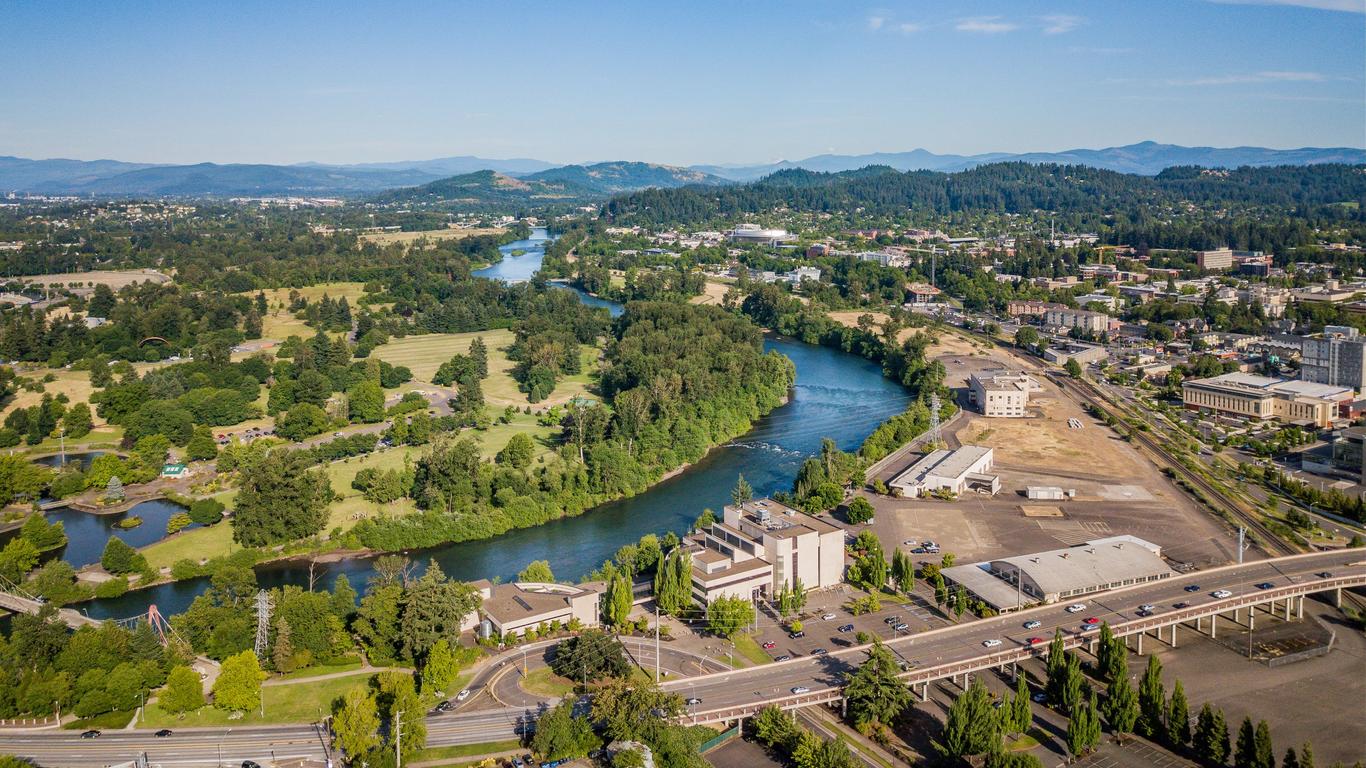The intersection of scientific inquiry and global community engagement often manifests in the most unexpected of individuals. One such person is Eugene Mah, a figure whose journey stretches from the secluded chambers of a radiation laboratory to the expansive arena of global outreach, cultivating awareness and fostering collaboration on crucial scientific issues. But one might ponder: Can the principles underlying radiation physics truly enhance global communication? This question serves as a challenge, urging us to explore how technical expertise can transcend disciplinary boundaries and foster meaningful dialogues in global contexts.
The journey begins in the heart of a radiation lab, where the air is thick with the anticipation of discovery, and the hum of sophisticated machinery underscores the relentless pursuit of knowledge. Here, the nuances of particle physics, radiation therapy, and nuclear science become the canvas upon which professionals like Eugene Mah paint their research. The lab environment is a crucible for intellectual rigor, where hypotheses are tested and repealed, leading to groundbreaking discoveries in the realm of radiation applications.
Within this context, Mah’s early endeavors highlight crucial contributions to the field, particularly concerning radiation’s applications in medicine and environmental science. The intricate dance between these domains illustrates how scientific innovations can have far-reaching implications. For instance, the development of advanced radiation therapies has radically transformed patient care, ensuring precise targeting of malignant cells while preserving the surrounding tissues. Such technology, birthed from relentless research, not only reshapes treatment paradigms but also invites sociocultural considerations into the health discourse, proving that science is never isolated from the community it serves.
As Mah honed his expertise, he began to recognize that scientific knowledge cannot remain confined within the walls of laboratories. A pivotal moment in his career was the realization that outreach and education were essential for bridging the chasm between scientific understanding and public awareness. This recognition compelled Mah to leverage his foundational expertise in radiation research as a vehicle for public engagement. This transformation speaks to a critical challenge faced by contemporary scientists: How can one effectively communicate complex scientific ideas to a lay audience?
Engaging with this challenge, Mah embarked on initiatives that sought to translate intricate scientific concepts into accessible narratives. Through workshops, lectures, and community-based projects, he aimed to cultivate a greater understanding of radiation science among diverse populations. This pursuit illustrates an essential principle: effective science communication not only democratizes knowledge but also empowers communities to make informed decisions regarding health and safety, especially in the wake of controversies like nuclear energy debates and medical radiation use.
In addition to fostering comprehension, Mah’s outreach initiatives embody a holistic approach to scientific advocacy by emphasizing the importance of ethical considerations in radiation use. As scientific technologies advance, ethical dilemmas surrounding their applications continue to emerge. Mah often poses reflective questions within his community engagements: What responsibilities do scientists have in ensuring that their work is deployed in a manner that benefits society at large? How can transparency in scientific processes mitigate fears and distrust? Such inquiries challenge both Mah and his audience to engage in critical discourse about the implications of scientific progress.
Moreover, considering the collaborative nature of scientific research, Mah has cultivated networks that transcend geographical and disciplinary boundaries. By forming partnerships with academic institutions, industry leaders, and non-profit organizations, he has effectively extended the outreach of his initiatives, fostering a vibrant dialogue about radiation science on a global scale. These partnerships not only enrich the educational experiences but also galvanize interdisciplinary collaboration, an essential factor in tackling complex global challenges like climate change and public health crises.
One striking instance of Mah’s success in global outreach was his involvement in international symposiums, where he deliberated on the future of radiation technologies. Here, the interplay of global perspectives illuminated how diverse cultural contexts shape scientific interpretation and policy-making. This iterative exchange of ideas is not merely academic; it underlines the necessity of a pluralistic approach to science that embraces varied viewpoints and adapts to local realities.
As Mah continues to navigate the confluence of science and outreach, he persists in confronting the challenge of sustaining public interest in scientific topics, especially in an era dominated by sensationalism and misinformation. To address this issue, Mah innovates new formats for engagement, leveraging digital media to reach wider audiences. By translating his research into engaging articles, podcasts, and infographics, he seeks to capture the imaginations of the digitally savvy public, transforming the often-static discourse on scientific topics into dynamic conversations.
Furthermore, in fostering a culture of curiosity, Mah emphasizes the importance of education at all levels. He advocates for transforming the conventional education paradigms to include practical and experiential learning opportunities related to radiation science. Engaging students in hands-on experiments, field trips, and real-world applications not only sparks their interest but also lays the groundwork for the next generation of scientists committed to ethical innovation.
In conclusion, Eugene Mah exemplifies the potential inherent in the synergy between rigorous scientific inquiry and dedicated global outreach. His journey from a radiation lab to a proponent of public engagement serves as a reminder of the vital role scientists must embrace in demystifying their work and its implications. It poses a pertinent challenge: how can we continually evolve our methodologies to ensure that scientific understanding is not just a privilege, but a universal right? The answer lies in the unwavering commitment to communication, collaboration, and ethical responsibility—the cornerstones upon which the future of science and society must stand. In a rapidly changing world, such intersections of expertise and outreach hold the promise of a more informed and engaged global populace, ready to navigate the complexities of tomorrow’s challenges.












